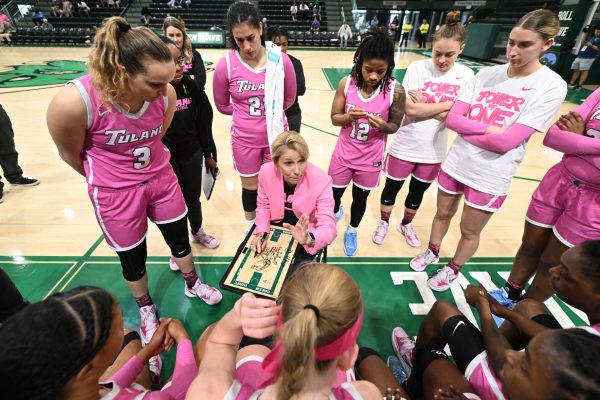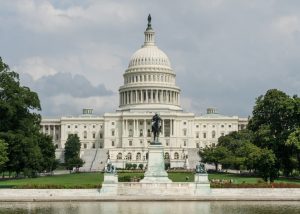Town Hall: good intentions, poor execution
January 28, 2016
On Jan. 19, President Michael Fitts held the first Presidential Town Hall Meeting on Racial Issues. The goal of the town hall was to open the conversation about race and equity issues at Tulane to the public. It allowed the newly formed Commission on Race and Tulane Values a firsthand look at the issues most pertinent to members of the Tulane community, as well as provide a space for conversation and discourse. After the Call for Unity and Die In, this town hall meeting was a crucial step towards making changes on campus.
Already, Fitts has shown commitment to addressing issues of race on campus. The 55-person commission comprised of students, faculty and administration, will meet every other week. Putting together a commission as quickly as he was able to was admirable, and Fitts has made greater efforts to make Tulane a safe and welcoming place for people of color than past administrations. We applaud his efforts to create a productive space for conversation and planning. Unfortunately, the structure of the town hall left much room for improvement.
Audience members were encouraged to ask questions or share comments either by using the microphone in the middle aisle or by submitting index cards. Those on stage — Fitts, the President’s Chief of Staff Tania Tetlow, Professor Michael Cunningham and student Alexandria Williams — only provided their answers or responses after every third or fourth question asked, leaving room for them to sidestep certain questions. The moderator, notable Tulane alum and NPR correspondent Gwen Thompkins, fielded the questions well. In only answering after every few questions, there was no room for the depth of discussion the audience wanted.
Furthermore, the event could have been better advertised. There were complaints from graduate students and community members who said they believed the event was only for undergraduates, even though it was open to all. That being said, each one of 380 seats in the Kendall Cram Room were full, with additional people standing in the back.
Another issue was the layout of the room. In the front was a stage where the moderator and panelists stood over the audience. In one memorable moment, a student approached the microphone and called attention to the power dynamic that this created, receiving applause and snaps from the audience. A better setting for a town hall of this importance might have been a lecture hall setting with the audience on the same level as or above the speakers.
We acknowledge Fitts’ enterprise in calling for a town hall, but urge him to consider restructuring the way questions are asked, advertise more thoroughly and choose a location that does not position the panelists above the community in future town hall proceedings. In doing this, better and more open discussions might be facilitated.





















Leave a Comment